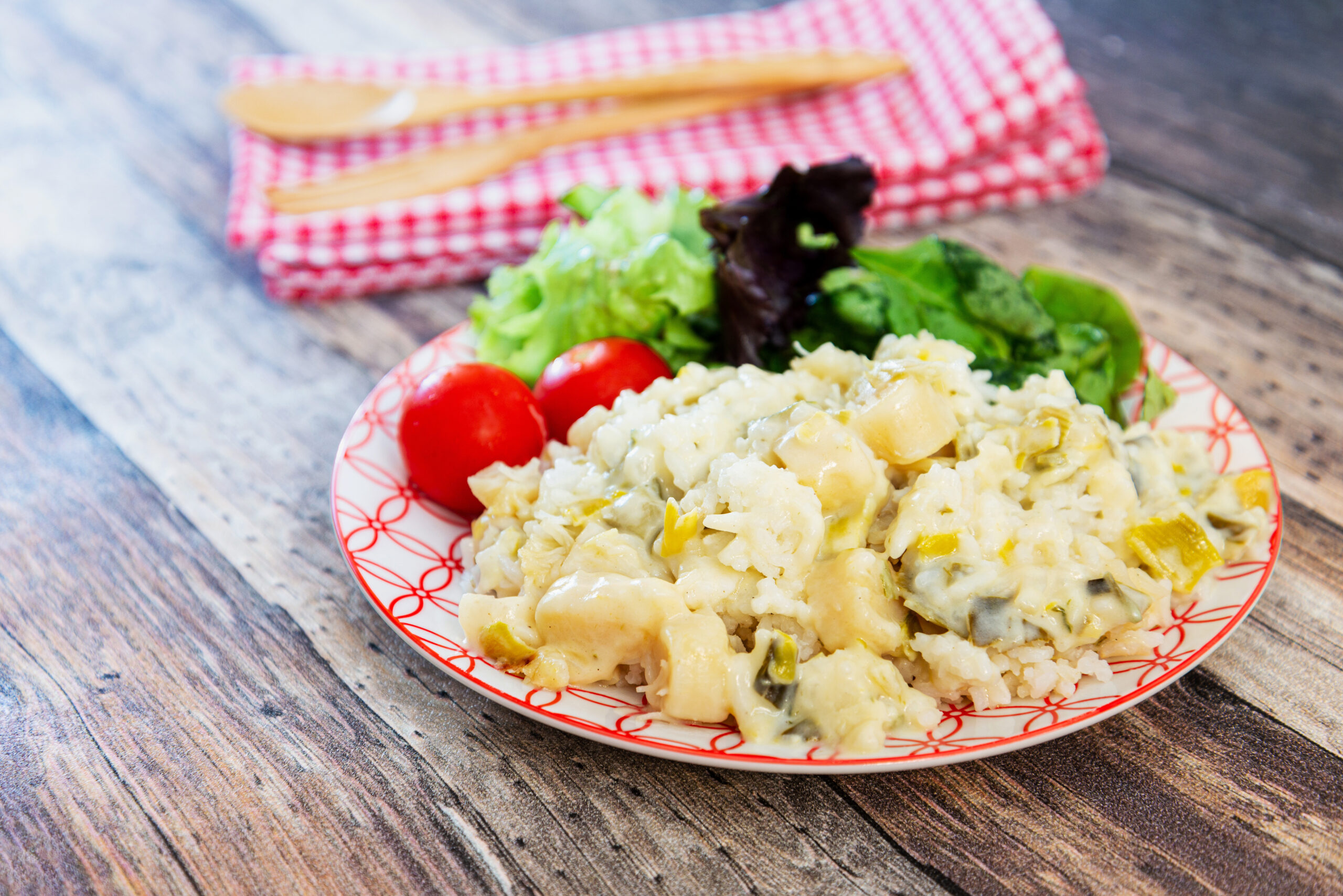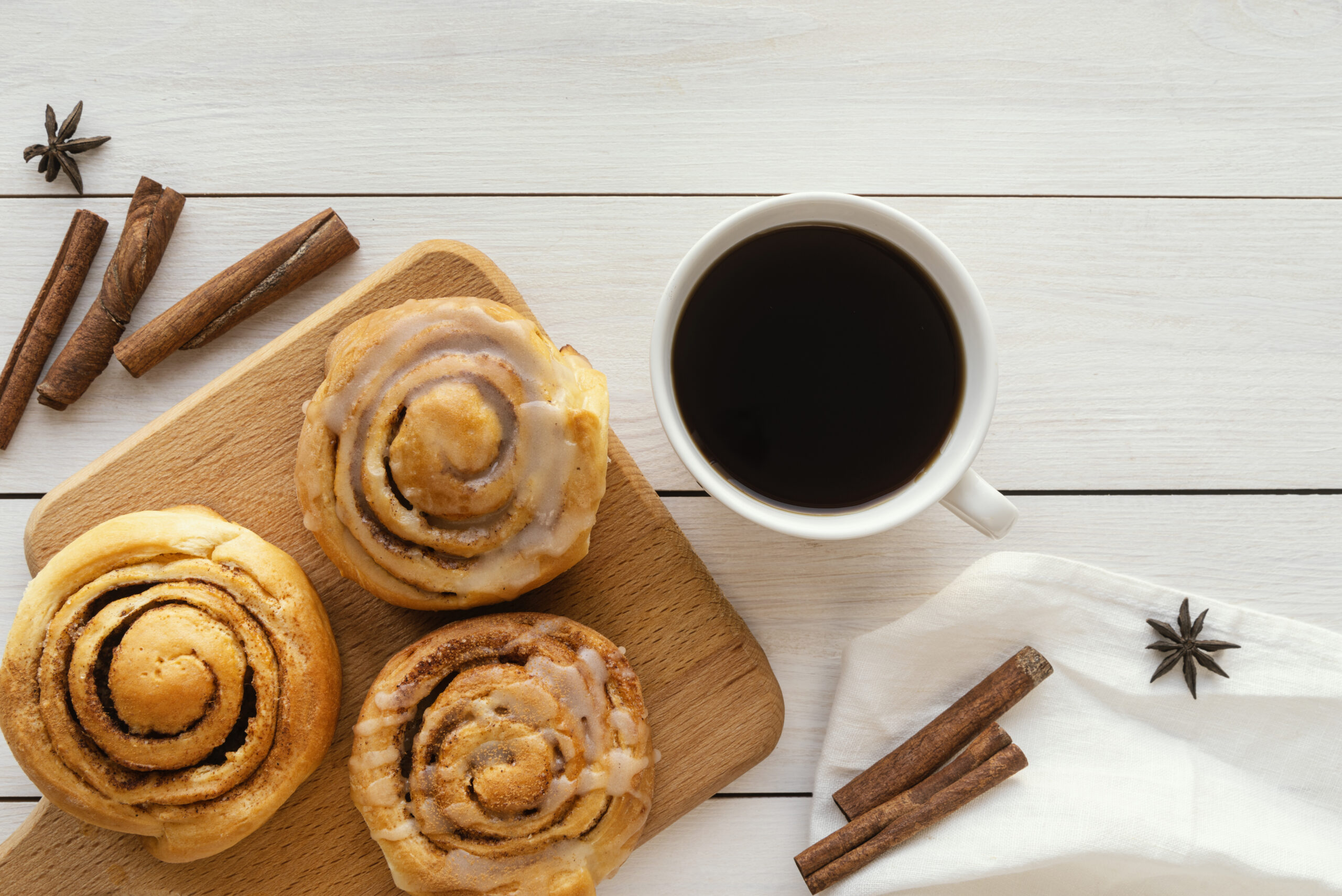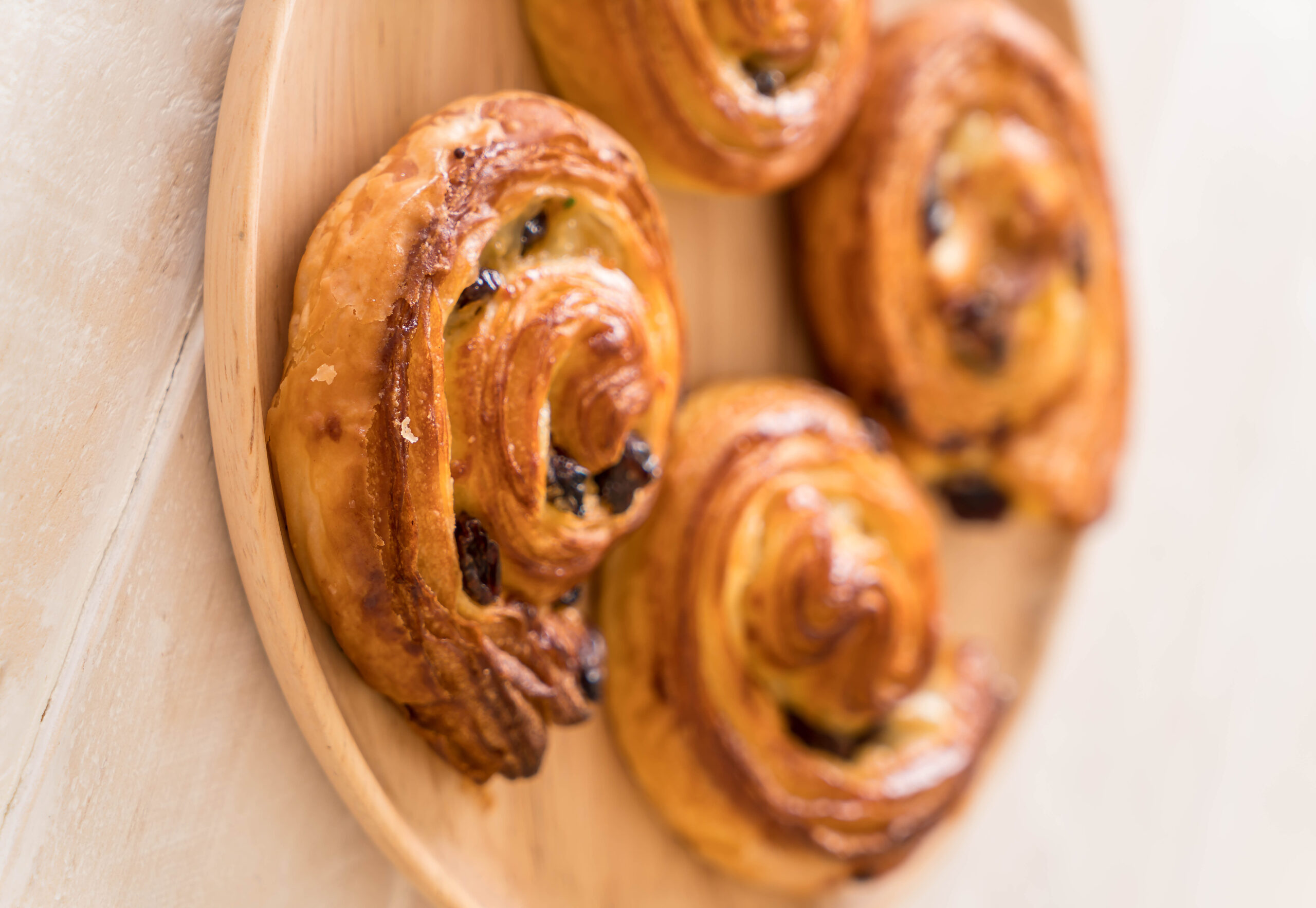- LIFE
Perfect Picnic Potato Salad Recipe


Nothing quite compares to the aroma of freshly baked cinnamon rolls wafting through the kitchen. These sweet, spiraled treats are a favorite among home bakers and cooking enthusiasts alike, offering a comforting blend of soft dough, spicy cinnamon, and sweet icing. Whether you’re a novice baker or a seasoned pro, mastering the art of cinnamon roll making can elevate your baking repertoire. This comprehensive guide will walk you through the process, from essential techniques to troubleshooting common issues, ensuring you can create perfect cinnamon rolls every time.
Creating the perfect cinnamon roll involves a few key techniques that ensure a soft, fluffy texture and a rich, flavorful filling. Understanding these techniques is crucial for achieving bakery-quality results.
The foundation of a great cinnamon roll is its dough. Start by combining warm milk, sugar, and yeast, allowing the yeast to activate. Gradually add flour, salt, and butter, kneading the mixture until it forms a smooth, elastic dough. Proper kneading develops the gluten, giving your rolls structure and chewiness.
After kneading, let the dough rise in a warm, draft-free environment until it doubles in size. This proofing stage is crucial for developing the dough’s airy texture. Be patient; rushing this step can lead to dense rolls.

Even seasoned bakers can make mistakes when crafting cinnamon rolls. Here are some common pitfalls and how to avoid them:
Dough consistency is crucial for successful cinnamon rolls. If your dough is too sticky, gradually add more flour, a tablespoon at a time, until it becomes manageable. Conversely, if the dough is too dry, incorporate a little more warm milk. Aim for a dough that is soft but not sticky to the touch.
The filling is what gives cinnamon rolls their signature flavor. A simple mixture of brown sugar, cinnamon, and softened butter creates a rich, gooey center. Spread the filling evenly over the rolled-out dough, ensuring every bite is packed with flavor.
Preheat your oven to 350°F (175°C) for optimal results. Bake the rolls until they are golden brown and cooked through, usually about 20-25 minutes. Keep an eye on them to prevent over-baking, which can dry them out.
While classic cinnamon rolls are delightful, experimenting with variations can add exciting flavors and textures. Here are some ideas to try:
To keep your cinnamon rolls fresh, store them in an airtight container at room temperature for up to two days. For longer storage, refrigerate them for up to a week or freeze them for up to three months. When freezing, wrap each roll individually in plastic wrap to prevent freezer burn.
Reheating cinnamon rolls can bring back their fresh-baked goodness. For the best results, preheat your oven to 350°F (175°C) and warm the rolls for about 10 minutes. Alternatively, microwave individual rolls for 20-30 seconds, covered with a damp paper towel to retain moisture.
A cinnamon roll isn’t complete without a delicious frosting. The classic choice is a simple cream cheese frosting, made by blending cream cheese, butter, powdered sugar, and vanilla extract. For a creative twist, consider these alternatives:
If you’re looking to make your cinnamon rolls a bit healthier, consider these substitutions:
Cinnamon rolls are versatile and can be enjoyed at any time of day. Serve them warm for breakfast with a cup of coffee, or as a sweet afternoon treat. Pair them with fresh fruit or yogurt for a balanced meal that satisfies your sweet tooth.
With the right techniques, a keen eye for detail, and a willingness to experiment, you can master the art of cinnamon roll making at home. By understanding the nuances of dough preparation, filling creation, and baking, you’ll be able to troubleshoot any issues and avoid common mistakes. Whether you stick to the classic recipe or try inventive variations, the joy of baking these delightful treats is sure to bring warmth and sweetness to your home.